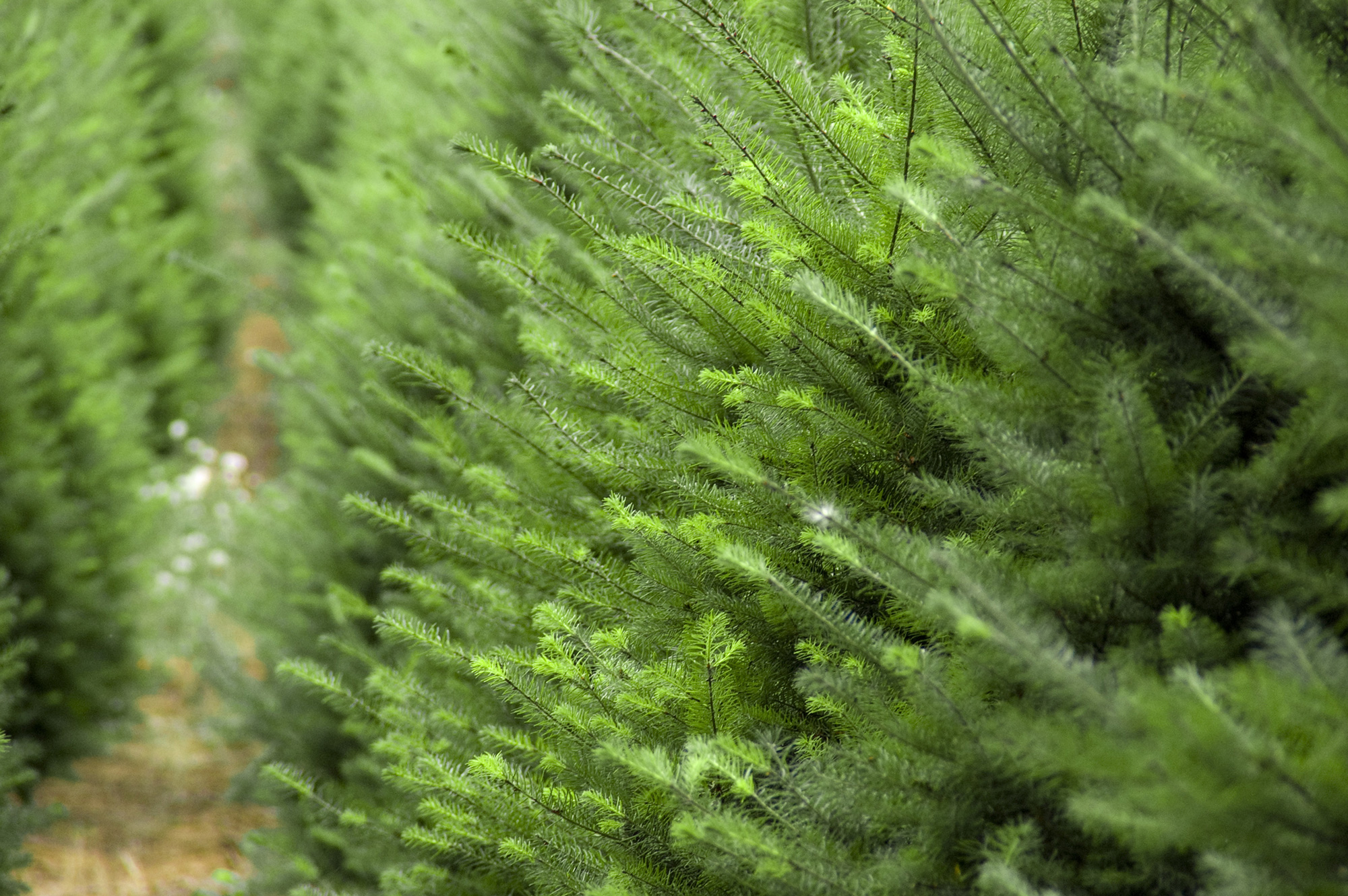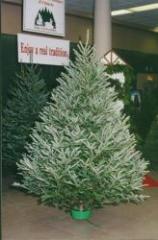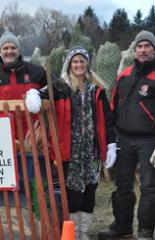
The Environmental Choice - Real Christmas Trees



The hardest work is in the spring and summer when tree farmers must control competition from other plants. Smaller conifers are especially vulnerable to being crowded out by weeds which compete for space and moisture. Grass between the rows of trees is mowed and weeds under the trees are controlled by applying a mulch and/or specific crop protection chemicals under the tree branches, where mowing is difficult without damaging the young tree.
Late spring and summer is also the time when insects and disease can take hold to the point where serious damage can occur. A tree farmer must keep watch for this and react in time to save the crop from serious damage. Sometimes the problem can be controlled by removal of diseased trees or by timely pruning.
Pruning must be done annually in any event, to give trees the more even shape and denser look people prefer to see in their natural Christmas trees. Mice and meadow voles can kill entire stands of young trees by eating the bark under the winter snow cover. This is called girdling. Regular mowing and weed control helps to keep a rodent population exposed to natural predators.
Sometimes a farmer must resort to chemicals to protect a crop. Like drugs for use when people are sick, there are different compounds designed for different diseases and predators. Crop protection chemicals are called herbicides when they control a plant, insecticides when insects are targeted and fungicides when needle diseases are the aim. In Ontario a farmer must have taken a course and have a license to buy and apply different types of pesticides. Like drugs, pesticides aim to cure a specific problem. They are almost always expensive and farmers will not use them unless they have no choice.
 How to take good care of your Christmas Tree:More info..
How to take good care of your Christmas Tree:More info..
 Contact the CTFO office via convenient online email form, phone, fax, or mail...More info..
Contact the CTFO office via convenient online email form, phone, fax, or mail...More info..